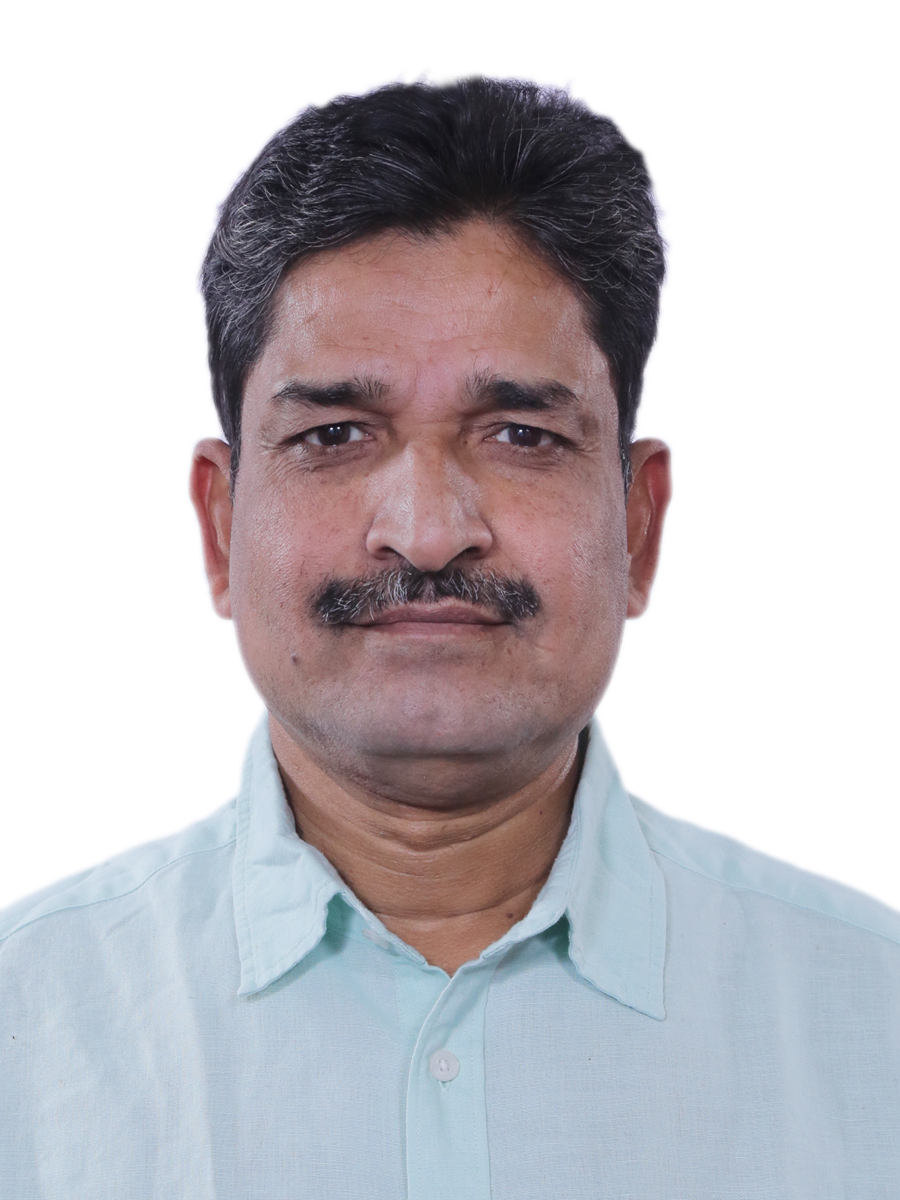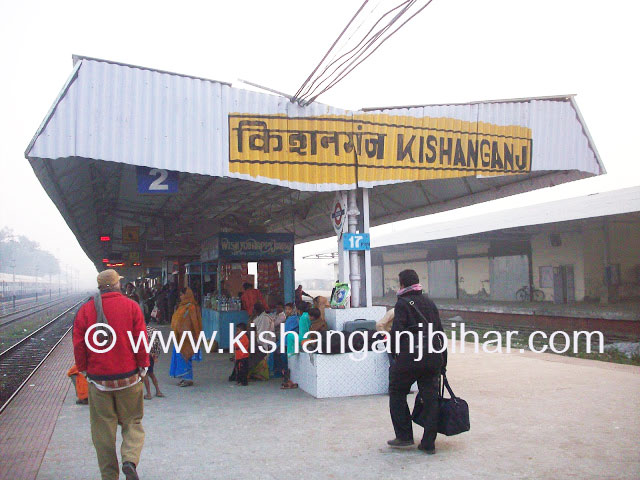“Mor Chhuaar Ki Hobe” (what would happen with my beloved son?), “Allah / bhagwan mor chhuatar hifazat korbo” (Almighty bless my child and save him from problems?), “Beta birnar mulqot apnar khayal rakhbo” (My beloved son take care of yourself in outside location?”, these are common expression of a concerned mother and father who are parting ways from their beloved son. Similarly, the married women get emotional while saying adieu to their husbands who leave the town / village for big cities in search of livelihood. Along with parents, spouses, brothers, sisters, relatives and near and dear ones pass through a heavy phase in many days all through the years. The prime reason behind is the mass-migration for livelihood and higher education. Now the time has come to curtail its rate in order to save the emotional bonding and social set-up of the area, which is unique in itself.
 |
| Kishaganj Railway station |
One can witness the heavy emotional moment in any part of Purnia division especially in railway stations of Kishanganj, Dalkola, Barsoi, Katihar, Purnia and Araria. The prime reason behind this is mass migration in search of job or getting quality education. Sadly, hardly anyone cares for the panic trend of “Mass Migration” in this part of the country since independence till date.
Almost every day hundreds of Seemanchalwasi including people from Kishanganj in various groups ranging from children, youths to aged migrate to other parts of country in search of job or getting higher and quality education so that they can make a successful career and earn money for livelihood. From metros like Delhi, Mumbai, Kolkata, Bangalore, Chennai, Hyderabad to big cities such as Ahmedabad, Ludhiana, Chandigarh, Guwahati etc. to education hubs such as Aligarh, Pune and Kota the people for Kishanganj district part their ways with family members, friends and near & dear ones. Emotional outburst while parting way is obvious in this north-eastern part of country, which is hardly familiar with the word ‘development’ in almost all areas.
Be it quality education or employment, health and sanitation or malnutrition Kishanganj is legging far behind in comparison to other parts of the country. The situation is more or less similar in all districts of Purnia division namely Kishanganj, Araria, Katihar and Kishanganj. Since India’s independence till date neither the state government nor the ruling government at Centre had ever properly cared for Purnia division. Despite its location as gateway to north-eastern states of India, Kishanganj or other districts of Purnia division got any special recognition from the governments.
The literacy rate is worst in this part of the country, thanks to negligent approach of governments. The female literacy percentage in Kishanganj is least in India, the percentage drops down further among Muslims, which is just 2 %. There are scores of government run primary schools, middle schools, high schools and degree colleges in Purnia division. But hardly any school or college provide quality education to enrolled students. Surprisingly and shockingly there is no any university in Purnia division, which is inhabited by around 1 crore population. Thanks to private run schools and colleges, at least they have come up as a rescuer for those who wish to get good quality education at various levels in this part of the country.
Those who belong to well-off families migrate to other parts of country and few countries abroad to get contemporary education and higher studies. It must be noted only a tiny percentage of total population of Purnia division are fortunate to move outside for getting quality education. On the other side those who migrate from their native places for education somehow consider themselves unlucky. They are parting ways from their near and dear ones under compulsion due to lack of educational facilities.
Likewise education the condition of regular and quality employment is a big reason behind the mass migration from Purnia division. Since India’s independence till date there is no any big industry in Kishanganj or nearby areas that can generate employments for masses. People are confined to grocery shops, small cloth shops, medicine shops and other shops and stores to earn Rs. 2500 to 5000 – 6000 per month. However, the number of people working in shops and stores are very less in comparison to daily wagers working in agriculture fields as labours, where they get Rs. 100 to 200 on daily basis. Other groups working in building construction where too maximum daily wage is Rs 200 to 250.
Most importantly, the daily-wagers are not confirmed for getting employment every day. On an average out of 365 days in a year they hardly get job for 100 days, which means they can earn only 10,000 to 25,000 per year. This is a Big question itself. How can a person run a family with 50 to 60 rupees on an average per day? I am sure hardly the government, elected representatives or even a common person from Purnia division thinks about the employment issue. The concept of skilled labour (workers) doesn’t exist in Purnia division due to complete lack of opportunities, which further adds the woes.
Both the education and employment compel the people of Purnia vision to go ahead with migration to their preferred place outside the area. The state and centre government must think to curtail down the rate of mass-migration unless it would create extra burden on other parts of the country. Alone in national capital New Delhi & NCR at least 1 million (10 lakh) people from Purnia division are residing who are taking education in schools and colleges, working in factories as unskilled labours or skilled professionals in MNCs, IT companies, etc or teachers and faculties in schools and colleges respectively.
Now this is the high time to think on this issue seriously. The mass migration is a big matter of concern and it causes a great loss based on emotional quotient which revolves around the concept of society. At the same time it would greatly affect the availability of resources in the city where the people have migrated. If it still continues at the same pace in the coming years, there is high possibility of a big population explosion that would severely affect the natural and artificial resources.











